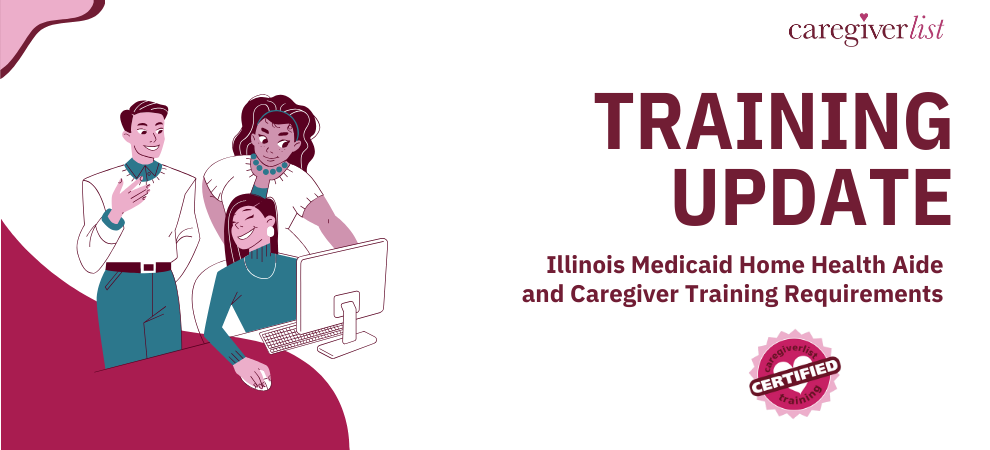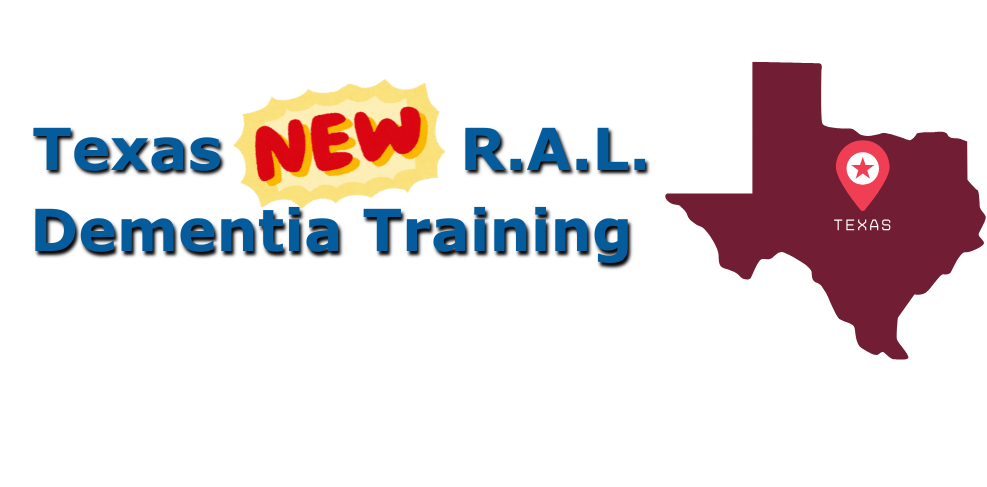It’s all excitement around here as we await the release of the movie, The Hunger Games: Mockingjay – Part 1, in which our heroine, Katniss Everdeen (Jennifer Lawrence), leads the have-nots of Panem’s districts in a rebellion against the haves of The Capitol.
Dystopian views of a future society, in books and in movies, often feature a missing element of the population — the middle class. In these communities, only the very rich and very poor have access to services, the former is afforded private (superior) services, the latter, inferior, government-provided resources. Like it or not, America is beginning to look a lot like those futuristic civilizations where you are either very rich (and in the ruling minority) or very poor (the rest of us.)
The Harvard Joint Center for Housing Studies’ recent report, Housing America’s Older Adults—Meeting the Needs of An Aging Population, shows that affordable elder housing will be one of the single biggest challenges we face in the near future.
Housing is the largest expense in many household budgets. Even though the majority of seniors prefer to age in place, many older Americans find that the high cost of housing expenses make it necessary to cut spending in other areas such as groceries and healthcare. In fact, over 37 percent of Americans aged 80 or older put more than 30 percent of their income toward housing expenses. And those are the property owners — the lucky ones.
In Joel Kotkin’s book The New Class Conflict, the author points out a “doomed” middle class. In the wake of the housing bust, U.S. homeownership, which peaked in 2002 at nearly 70 percent, has since dropped to 65 percent in 2013, the lowest in almost two decades, according to the U.S. Census.
How does that affect senior housing? Even if you have the financial wherewithal to age in place, the Department of Health and Human Services estimates that 37 percent of those aged 65 and over will receive care in some sort of institutional setting at some point, with an average stay of one year.
Nursing home and assisted living costs are always increasing. The recent (Nov. 2014) Caregiverlist® Index reported the average annual cost for an Illinois nursing home is $72,631.35. Of course, quality of care usually decreases at lower cost points. The national average for assisted living base rates was $3,550 per month in 2012.
The typical homeowner aged 65 and over has enough wealth to cover nursing home costs for 42 months and enough non-housing wealth to last 15 months. The median older renter will not be able to afford even one month in a nursing home or in assisted living.
As a society, we will be facing these challenges together to make sure that the aging population, whether they be the Jeffersonian ideal “small landholders” or increasingly-numbered “lower middle-class” have access to the similar quality housing and services in order to age with security and dignity.
Main Menu
Main Menu
Main Menu







